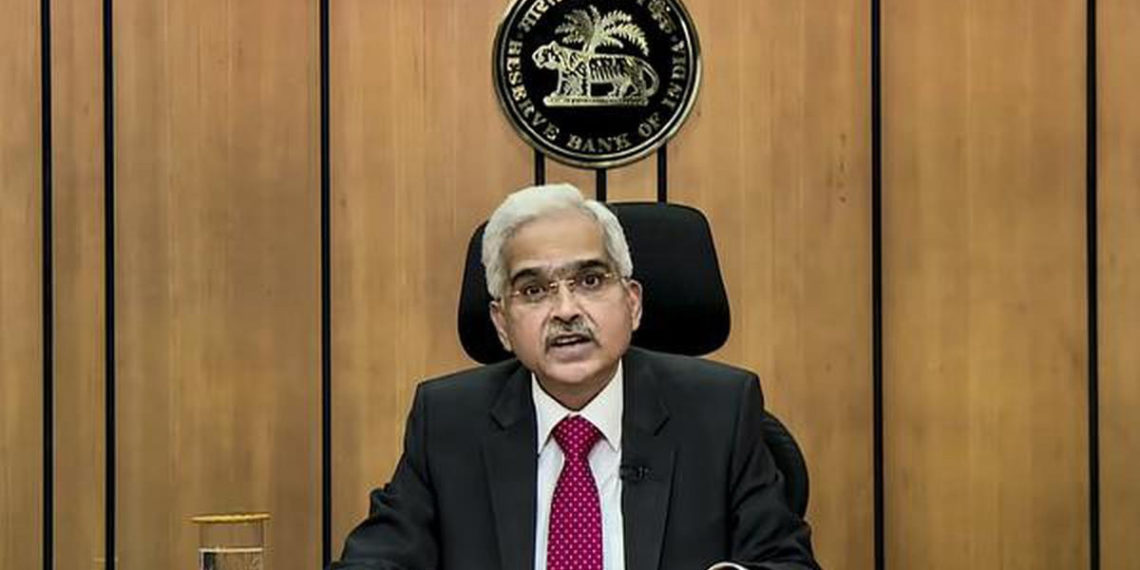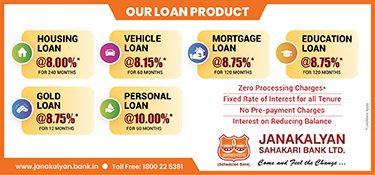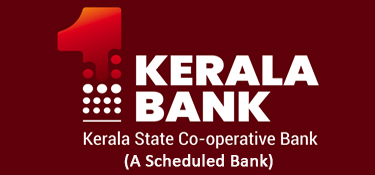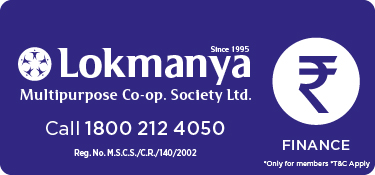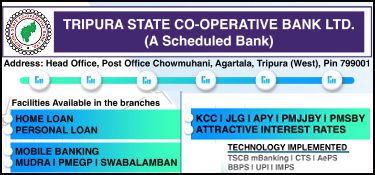The RBI unveiled a comprehensive digital publication titled ‘Primary (Urban) Cooperative Banks’ Outlook this week which meticulously delves into various facets of Urban Cooperative Banks (UCBs), shedding light on crucial aspects such as liabilities and assets, income and expenditure, non-performing assets, financial ratios, spatial distribution of offices, and priority sector advances.
The Indian Cooperative team of experts collaborated diligently to streamline the content of the RBI publication, with a primary aim to enhance readability and accessibility for its diverse audience.
The deposits of urban cooperative banks have witnessed a remarkable surge, escalating from Rs 3.15 lakh crore in the 2013-14 fiscal year to a substantial Rs 5.33 crore as of March 31, 2023. Concurrently, advances in the last decade surged from Rs 1.99 lakh crore to Rs 3.30 lakh crore in the fiscal year 2022-23.
Over the span of a decade, the total business of urban cooperative banks skyrocketed from Rs 5.14 lakh crore to Rs 8.63 lakh crore, marking a significant growth trajectory from the fiscal year 2013-14 to 2022-23.
While urban cooperative banks allocated 16.48 percent of total advances to the housing sector in 2019-20, this slightly decreased to 14.26 percent by 2022-23. Conversely, disbursements to micro and small enterprises stood notably higher at 60.79 percent, with 7.49 percent directed towards the agriculture sector as of March 31, 2023.
The number of urban cooperative banks witnessed a decline, dropping from 1,589 in 2013-14 to 1,502 by the fiscal year 2022-23. As of March 31, 2023, there were 51 scheduled and 1451 non-scheduled urban cooperative banks, with 19 single state scheduled UCBs and 32 Multi-State Scheduled UCBs.
Total assets of all UCBs surged from Rs 3.87 lakh crore in the fiscal year 2013-14 to Rs 6.80 lakh crore by March 31, 2023. However, the gross Non-Performing Assets (NPA) increased from 5.74 percent to 8.84 percent during the same period, albeit with a slight decrease in net NPA from 2.17 percent to 2.15 percent.
A notable 1,321 urban cooperative banks suffer from CRAR exceeding 12 percent, while 102 UCBs maintained a CRAR between 9 and 12 percent. Conversely, only 79 UCBs reported a CRAR below 9 percent as of March 31, 2023.
In the fiscal year 2022-23, 60 UCBs secured an ‘A’ grade, with 192 in ‘B+’, 727 in ‘B’, 401 in ‘C’, and 122 in ‘D’. Maharashtra leads in UCB numbers with 475, followed by Karnataka with 256 and Gujarat with 214, while certain regions like Chandigarh, Arunachal Pradesh, Nagaland, Andaman & Nicobar, and Lakshadweep have no presence of UCBs.
The release of this insightful publication serves as a significant milestone in providing stakeholders with comprehensive insights into the evolving landscape of urban cooperative banking in India.





